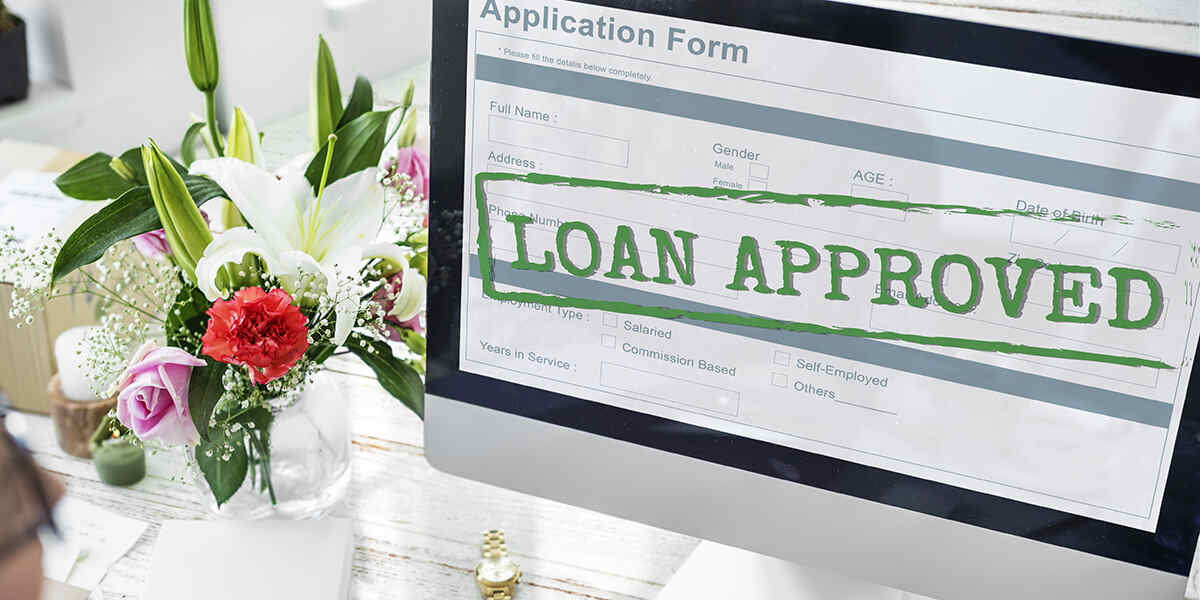Are you considering purchasing a home? A fixed-rate mortgage might be a suitable choice for you. This loan keeps your interest rate consistent over the entire term, which means your monthly payments remain predictable.
In this article, we will highlight the advantages and disadvantages of fixed-rate mortgages, examine various loan terms available, and guide you in selecting the right option for your financial situation. Let’s get started!
What Is a Fixed-Rate Mortgage?
A fixed-rate mortgage is characterized by a stable interest rate for the duration of the loan, setting it apart from adjustable-rate mortgages (ARMs) that may have fluctuating rates. Borrowers enjoy consistent monthly payments, facilitating easier budgeting. With a 30-year mortgage, for instance, the principal and interest payments remain unchanged, fostering predictability for the borrower.
This consistency helps mitigate the effects of interest rate variations and offers reassurance, especially when planning for the long term. A 15-year mortgage often presents lower rates and allows for quicker payments, but it comes with higher monthly costs. Grasping closing costs, along with the total loan amount and down payment, is important. For those looking to understand mortgage fundamentals, being aware of the annual percentage rate (APR), amortization, and possible mortgage insurance can aid in making informed choices.
How a Fixed-Rate Mortgage Works
A fixed-rate mortgage ensures consistent monthly payments by locking in an interest rate for the duration of the loan, whether it’s a 15-year or a 30-year term. This reliability allows borrowers to plan their budgets since payments remain stable, no matter the market situation. The interest rate affects the total cost of the loan; a lower rate leads to smaller monthly payments and less overall interest paid over time.
Borrowers are protected from interest rate fluctuations because their mortgage payments won’t increase, unlike adjustable-rate mortgages, which can start with a low rate but may vary later. When evaluating a mortgage, it’s important to consider the total expenses, including loan origination fees and closing costs, to gain a clear understanding of the annual cost.
This awareness helps borrowers make well-informed choices about their mortgage options and manage their payments effectively, as they are increasing equity in their home by paying down both principal and interest during the amortization process.
How to Calculate Fixed-Rate Mortgage Costs
To calculate monthly payments on a fixed-rate mortgage, a borrower can use the formula for amortization, which considers the loan amount, interest rate, and loan term.
For example, a $250,000 mortgage at an interest rate of 8% over a 30-year term results in a monthly payment calculated using this formula. The principal amount influences costs, as a larger loan means higher monthly payments. Interest rates also impact overall payments; lower rates decrease payments while higher rates increase them. For instance, a 15-year mortgage typically has a lower interest rate compared to a 30-year mortgage, leading to different total costs. Additional costs to consider include closing costs, which can be between 2% to 5% of the loan amount, mortgage insurance, and loan origination fees. These costs can add significantly to the total expenses of the home loan, affecting the borrower’s budget.
Understanding the total cost, including the APR and how interest rate changes can affect future payments, ensures that the borrower makes a well-informed decision.
Fixed-Rate Mortgages vs. Adjustable-Rate Mortgages
A fixed-rate mortgage offers borrowers stable, predictable monthly payments, which aids in budgeting, particularly when interest rates rise since the borrower secures a rate for the entire duration of the loan. On the other hand, adjustable-rate mortgages begin with a low introductory rate, but payments can increase significantly after the initial period, leading to higher long-term expenses due to changing interest rates.
A 30-year fixed-rate mortgage is often best for those planning tostay in their homes for a long time, while individuals considering selling in a few years might opt for an ARM because of its lower initial payments. It is also important for borrowers to evaluate the size of the down payment, the total purchase price, and any mortgage insurance or closing costs that could impact their monthly payments.
Additionally, they should be aware of the differences in loan terms, like the 15-year mortgage compared to the 30-year mortgage, to select the most suitable loan option for their financial goals.
Fixed-rate amortized vs. Non-Amortized Mortgages
Fixed-rate amortized mortgages offer a straightforward payment plan, where borrowers make consistent monthly payments that include both principal and interest over the loan term, typically 15 or 30 years. At the conclusion of this term, the loan is completely paid off. Conversely, non-amortized mortgages often entail lower initial payments that may only cover the interest, leaving the principal unpaid until the loan matures.
The borrower’s financial situation is significant in this decision; those who value predictable payments for budgeting may prefer a fixed-rate mortgage. On the other hand, a borrower anticipating selling or refinancing soon might find a non-amortized mortgage, which could have a low introductory rate, which is more advantageous. For instance, if a home costs $300,000 and the borrower makes a down payment, the monthly payments on a fixed-rate loan will steadily reduce the loan amount, whereas in a non-amortized loan, the borrower might only pay interest at the beginning.
Grasping mortgage fundamentals, such as interest rates and closing costs, assists borrowers in making informed decisions tailored to their long-term financial goals.
Advantages and Disadvantages of Fixed-Rate Mortgages
A fixed-rate mortgage provides borrowers with a consistent interest rate for the duration of the loan, allowing for predictable monthly payments that are easier to budget. This stability aids homeowners in managing their finances, particularly as their earnings increase over time.
For example, with a 30-year mortgage, homeowners can lock in their monthly payments even if market interest rates rise. However, fixed-rate mortgages may begin with a higher interest rate compared to adjustable-rate mortgages, which start with a lower introductory rate but can result in greater costs as interest rates change later. Another downside is that a fixed-rate loan usually incurs higher closing costs, such as loan origination fees and mortgage insurance for borrowers with a smaller down payment.
Despite these drawbacks, many appreciate the predictability of fixed payments in contrast to the uncertainties linked with variable rates, making it a dependable choice for long-term financial planning.
Additionally, understanding amortization allows borrowers to recognize that initial payments primarily cover interest rather than the principal, prompting them to think about their financial objectives when deciding between a 15-year or 30-year mortgage.
Why Should I Choose a Fixed-Rate Over an Adjustable-Rate Mortgage?
A borrower choosing a fixed-rate mortgage gains long-term financial stability by locking in a constant interest rate. This means the monthly payments remain predictable for the entire loan term, unlike an adjustable-rate mortgage (ARM), where payments can change with interest rate fluctuations.
For example, with a 30-year mortgage, the borrower can plan their budget without worrying about payment increases due to rate changes. This predictability helps when facing other expenses, providing peace of mind. A fixed-rate loan is especially beneficial for those planning to stay in their home for many years, as it protects them from future interest rate hikes. Even if the initial interest rate may be higher than an ARM’s low introductory rate, the borrower avoids potential shocks from rising mortgage rates.
Furthermore, when considering the total cost of a loan, including closing costs and mortgage insurance, a fixed-rate mortgage’s amortization schedule allows borrowers to see exactly how their principal decreases over time, reinforcing their confidence in their financial commitments.
How Would an Economic Slump Affect My Fixed-Rate Mortgage?
An economic downturn can decrease the housing market, lowering home values. For someone with a fixed-rate mortgage, this could mean that the amount owed on their loan might surpass the home’s purchase price, resulting in challenges if they opt to sell. If the economy deteriorates, borrowers may experience job loss or decreased income, affecting their ability to make timely monthly payments.
While fixed-rate mortgages provide stable monthly payments over the loan term, economic hardship could strain finances, making it more difficult to cover that mortgage expense. Moreover, during such times, lenders may tighten borrowing criteria, which can result in higher loan origination fees or increased closing costs. Interest rates might also shift, altering the mortgage options available. For instance, a 30-year mortgage may still deliver consistent payments, but if lenders limit available loan options, it may become more difficult to refinance if interest rates decrease.
FAQ
What is a fixed-rate mortgage, and how does it work?
A fixed-rate mortgage is a loan with an unchanging interest rate for the life of the loan, typically 15 to 30 years. This means your monthly payments remain consistent. For example, if you borrow $200,000 at a 3% rate, your payment stays the same over time.
What are the advantages of choosing a fixed-rate mortgage?
A fixed-rate mortgage offers consistent monthly payments, making budgeting easier. This stability protects you from rising interest rates. For instance, locking in a 3% rate today can save thousands over the loan term compared to fluctuating rates, ensuring financial peace of mind.
How is the interest rate determined for a fixed-rate mortgage?
The interest rate for a fixed-rate mortgage is determined by factors such as the bond market, your credit score, loan term, and down payment. For example, a higher credit score can lead to a lower rate, while a larger down payment may also reduce your rate.
What is the typical term length for a fixed-rate mortgage?
The typical term length for a fixed-rate mortgage is 15 or 30 years. Consider a 15-year mortgage for lower interest rates and quicker equity buildup or a 30-year mortgage for lower monthly payments and greater flexibility. Choose based on your financial goals.
Can I refinance a fixed-rate mortgage, and what are its implications?
Yes, you can refinance a fixed-rate mortgage to lower your interest rate or potentially adjust your loan term. For example, refinancing from a 30-year to a 15-year term could save on interest over time but may increase monthly payments. Always consider closing costs and your financial goals.
Discover everything about fixed-rate mortgages with Champions Mortgage. Learn how these mortgages provide stability with consistent monthly payments, making budgeting easier and protecting you from fluctuating interest rates. Contact us today to explore if a fixed-rate mortgage suits your financial goals and to get started on your application.







